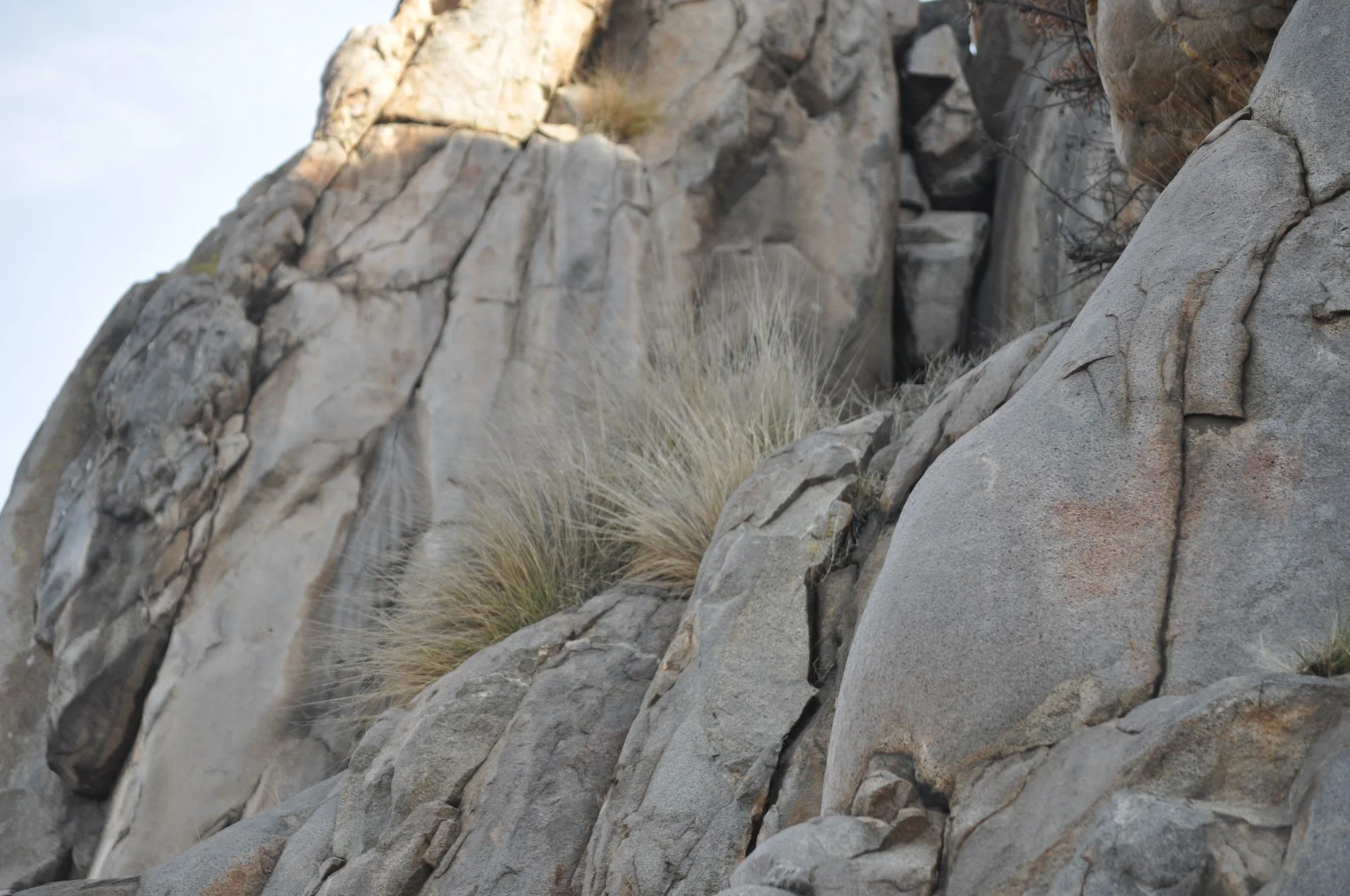
Land Acknowledgement
San Diego Climbing School respectfully recreates on Kumeyaay Indigenous Land, acknowledging the diverse communities and cultures who have lived in reciprocity with this land for centuries. SDCS supports those who continue to fight for sovereignty and preserve culture in the present through education and action.
-
Education:
The land that is now called San Diego County is home to the largest number of tribal governments and reservations in the United States with 18 tribal reservations and four tribal nations - the Kumeyaay, Luiseno, Cupeno, and Cahuilla - represented across the County.(SDSU)
Much of the land that San Diego Climbing School hosts programs on is historically Kumeyaay land. While there are 18 tribes that are federally recognized, there are also many unique communities who are not recognized by the United States government who continue to strengthen their culture within the region.
Before the Spanish arrived on this land, the Kumeyaay inhabited the area from the Pacific Ocean to the sand dunes of the Colorado River. The territory spanned south to Ensenada and north to Warner Springs. This region is now intersected by the international border. (Viejas Band)
Juan Rodríguez Cabrillo landed in San Diego Bay in 1542 initiating a period of conflict between the Kumeyaay and the Spanish. In 1769, Padre Junípero Serra established the first mission in Alta California, enslaving Kumeyaay people and spreading Catholicism in the region. In 1821, Mexico gained independence from Spain including the San Diego region. In 1850, California was officially admitted to statehood and joined the United States. An executive order was signed in 1870 that created San Diego County’s first reservations in 1875. Present day Kumeyaay communities work to retain their sovereignty, culture and empower many are leaders within the region. (Education Guide)
Please see the local resources below to gain a more comprehensive view of the regions history.
The Kumeyaay continue to preserve their culture is through family, community and entities such as education on reservations, Kumeyaay Community College and programs with local universities. Many Kumeyaay leaders are continuously advocating for resources and rights on their sovereign land. They also work to gain visibility within the San Diego region. The Kumeyaay are contributing their Traditional Ecological Knowledge to solve some of the most pressing issues in our region - water access, wetland restoration and fire management.
-
Action:
As a commercial user, San Diego Climbing School pays annual and per person/hourly permit fees to operate on public lands such as Mission Trails Regional Park. We commit to matching our total permit fees in an annual donation to the Kumeyaay Degueño Land Conservancy. We are also open to new opportunities to continue to develop intentional collaborations that adapt to changing needs within the community.
-
Resources





